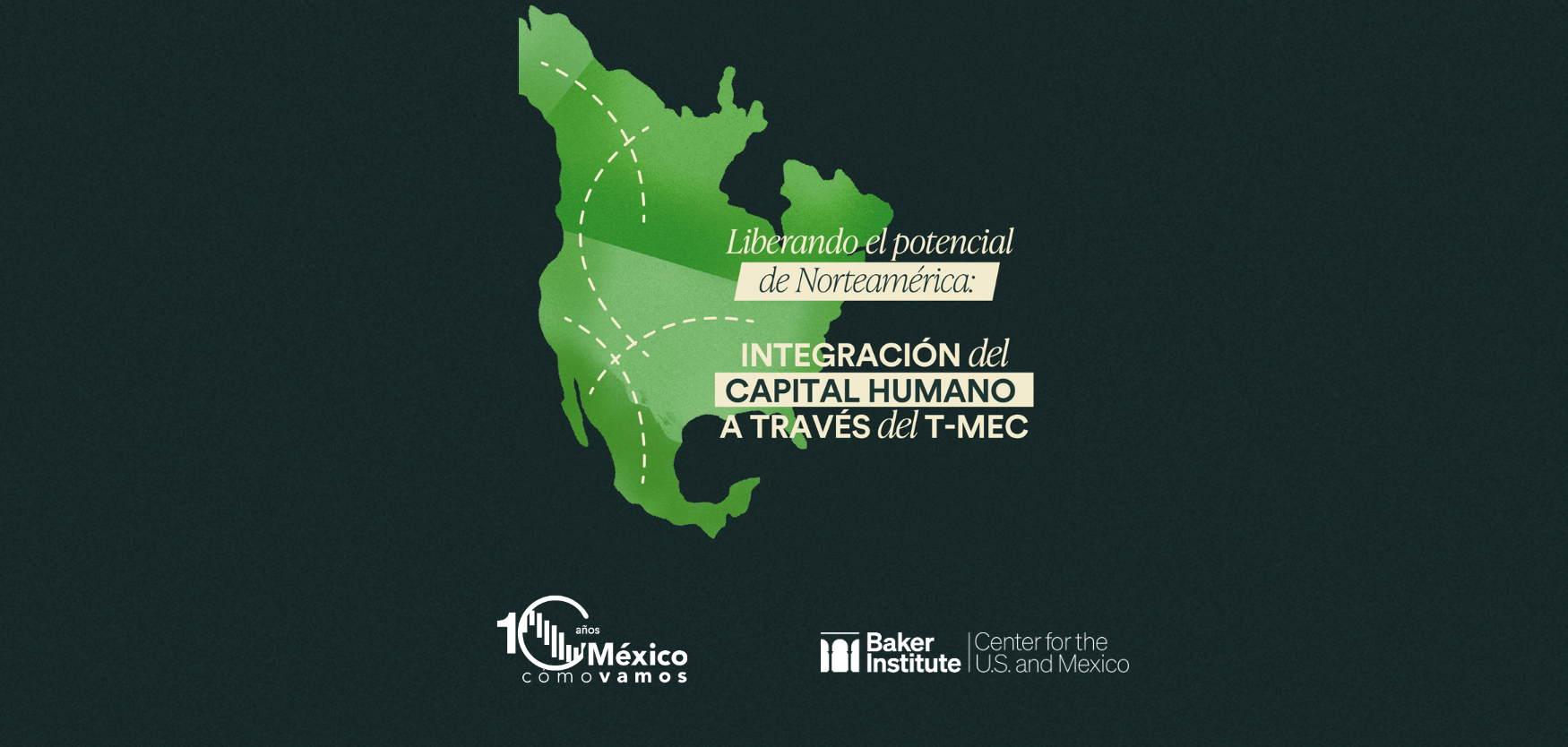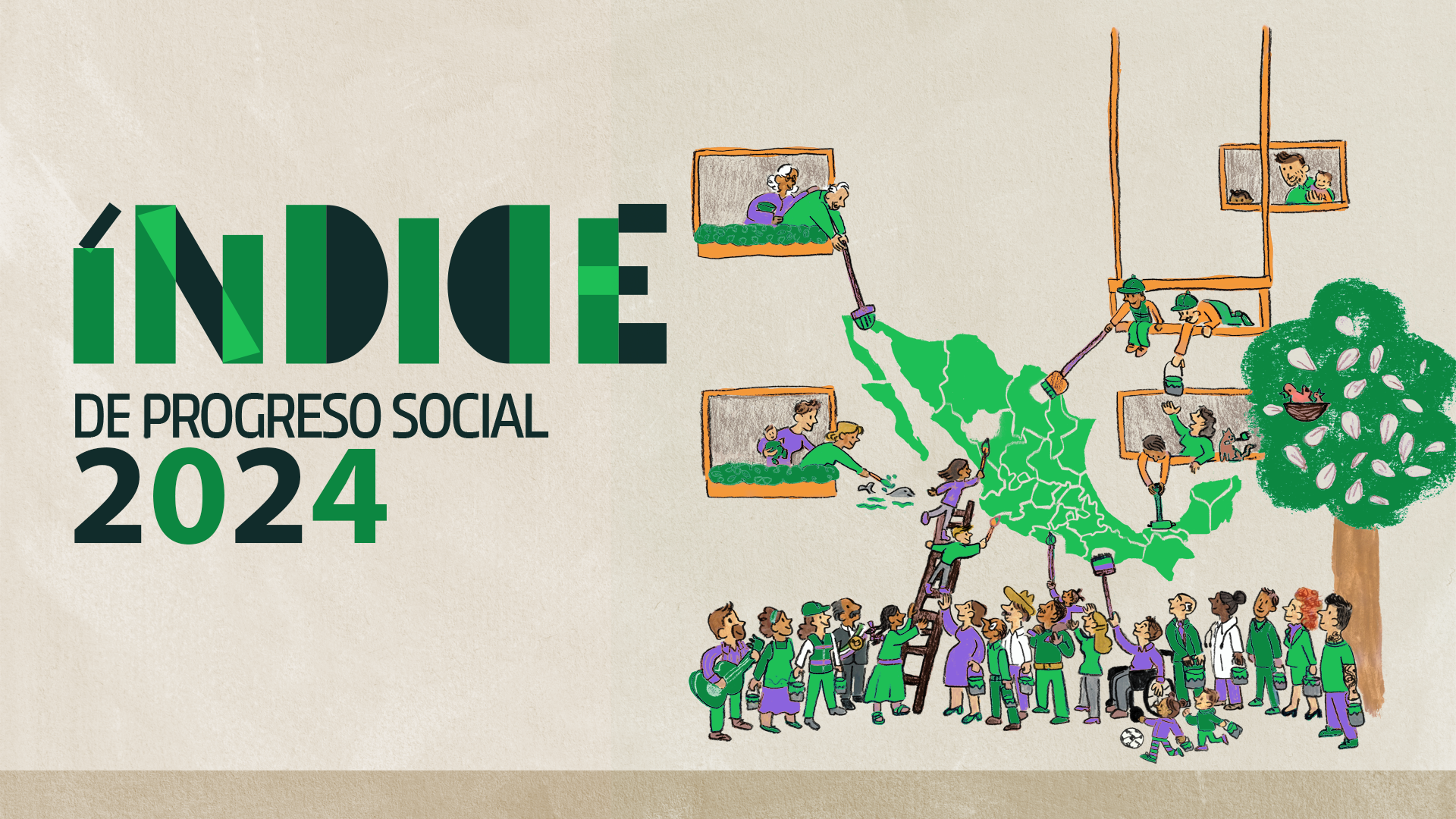
At this point, there are enough reasons to be optimistic about the future of the United States-Mexico-Canada Agreement (USMCA) towards 2050. However, we cannot ignore the important lessons of realism from recent years that force us to recognize the challenges we will face in the next quarter of a century.
If we had asked ourselves about the future of NAFTA in 2015, we would surely have responded with optimism, and rightly so, since there were many reasons to be optimistic.
Our trade with the United States had grown almost five times since the treaty came into force, and almost seven times with Canada. The United States was already our main trading partner, concentrating 65% of our foreign trade. Canada was the second largest trading partner of the United States and Mexico the third. Furthermore, half of the foreign direct investment in our country came from our partners in North America.
In Mexico, regional integration introduced profound and lasting changes: it promoted economic openness, exponentially multiplied our exchanges and established the conditions to attract investments from all over the world. In turn, it allowed the consolidation of regional value chains in productive sectors such as the automotive industry.
A key factor for this integration’s success has been the parallel institutionalization of our binational relations in their different areas. Mechanisms such as the High-Level Economic Dialogue were created with the United States, as well as the Mérida Initiative or the Bicentennial Framework, in matters of security. The Mexico-Canada Partnership was established to strengthen our cooperation on strategic issues and the three countries signed the Security and Prosperity Partnership of North America, which eventually became the North American Leaders Summit.
Despite this, in 2016 reality prevailed to remind us that regional integration is not a certainty that we can take for granted. The election of Donald Trump as president implied the assumption that conditions of relative stability could change from one moment to the next. Trump attacked NAFTA since his election campaign. And, after arriving at the White House, he decided to renegotiate the conditions of the agreement.
The Trump administration also weakened the institutional mechanisms of our binational relationship and ended the compartmentalization of strategic areas that had characterized it for years: it imposed tariffs on Mexican steel and aluminum to pressure the federal Executive to adopt immigration control measures equivalent to assuming, in fact, the role of “safe third country” for people who intended to enter the United States.
For more than two years, we negotiated a new trade and investments agreement. Thanks to a State effort, Mexico managed to defend its interests to guarantee the continuity of regional integration with the adoption of USMCA. In addition to maintaining favorable market access conditions, the new Treaty contemplated novel disciplines and established clear rules for dispute-settlement that have proven to be effective.
In 2020, the arrival of Joe Biden to the White House allowed our relationship with the United States to resume its institutional form in areas such as the economy and security. However, some erratic decisions by the Mexican government have caused unnecessary tensions with our largest trading partner and weakened our ability to favorably influence American public opinion.
Likewise, in the last four years, Mexico has been immersed in controversies motivated by fundamentally ideological government decisions, which ignore the current conditions of productive sectors, and which are contrary to USMCA’s spirit and the obligations established therein. In energy, the anachronistic boost to fossil fuels and the imposition of advantages for state companies over private investments. In biotechnology, a vision contrary to innovation and the evolution of agri-food systems – with scientific support – that not only threatens their productivity, but also national food security itself.
In its article 34.7, USMCA foresees its termination in 2036, unless each Party confirms that it wishes to continue for another 16 years, that is, until 2052. In 2026, Mexico, the United States and Canada will convene to make a joint revision of the agreement’s performance. And each State must confirm in writing if it wishes to extend it from 2036 to 2052.
In other words: the Treaty provides for the possibility that any of its members decide not to continue its validity after 2036. Beyond the legal consequences that this would imply, the decision would represent the end of the economic integration project in North America, the most important political and economic transformation in our modern history.
In this context, a possible victory of Donald Trump in the November elections puts the future of regional integration at risk. The possibility of revising USMCA in 2026 could become an opportunity to question and even rethink, again, the terms of the Treaty. The scenario is more complex if the Mexican government in charge of managing this crisis does not have the conviction, experience or technical capacity to do so adequately. Without the certainty of institutions, the uncertainty of personal political visions and decisions prevails.
The economic benefits of integration are unquestionable. However, some productive sectors —mainly in the United States —have resented the advantages of free competition as a direct threat. This motivates interests contrary to integration, which can acquire increasingly greater political weight to the point that they become decisive for the general perception of the Treaty’s future.
USMCA continuity must be a priority for the Mexican State. A challenge that requires a domestic policy strategy —convening all the sectors involved, building consensus and strengthening government negotiation capacities—, and a foreign policy strategy —rebuilding our relationship with the United States, deploying a comprehensive public diplomacy effort, and deepening the institutionalization of the strategic areas of the binational relationship—.
With a State-vision, the next government must build a solid strategy to prepare our country for the review process of our main trade agreement. It is essential to evaluate scenarios, calibrate strategies, adopt forecasts and protect the productive and social sectors that would be affected by a possible adverse result.
If the Democratic Party’s candidate achieves re-election, it will be urgent to recover the focus on institutional cooperation in all areas of our bilateral relationship. If Donald Trump returns to the White House, we will need an unbeatable negotiating team, in addition to building a broad network of strategic allies inside the United States.
In any scenario, it will be essential for Mexico to recover its capacity for dialogue at all levels: with the US Congress, the private sector, local governments, universities and research centers but, above all, with US society. It is essential to use public diplomacy to convince American producers and consumers of the undeniable advantages of regional integration.
If we want Mexico’s history in North America towards 2050 to be a success story, we must first successfully overcome the 2026 “customs”. USMCA’s revision raises an uncertainty that cannot simply be ignored, especially in the face of a possible change of course in American politics starting in November.
Faced with this uncertainty, Mexico must adopt in time a comprehensive strategy that strengthens both its internal capabilities and its position in the region. Rebuilding the relationship with our partners and a firm commitment to public diplomacy will be essential to ensure USMCA’s future and guarantee a prosperous, inclusive, sustainable and lasting regional integration, for the benefit of the three North American countries.
Click on the postcard below to go to the site.



















